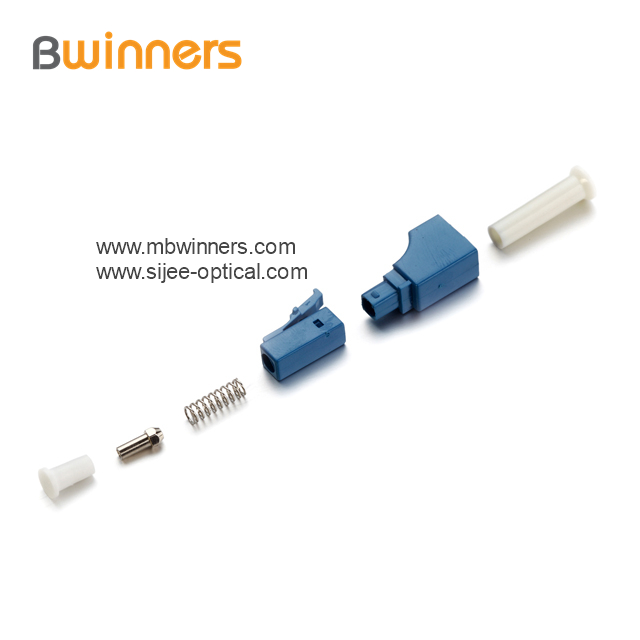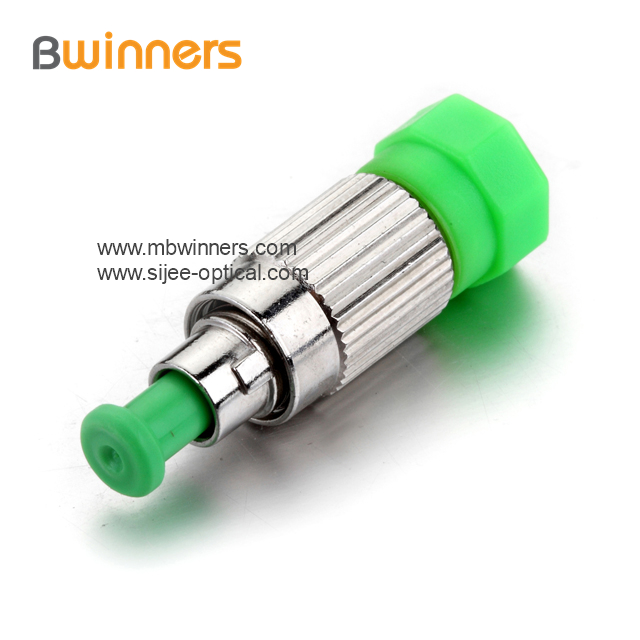CIR, the US market research company, predicts that the global LED market will grow from 3.2 billion U.S. dollars in 2004 to 5.6 billion U.S. dollars in 2008. It is reported that the output value of LED in China is 14 billion yuan in 2006. It is expected that the application market will reach 540 in 2008. In 2010, the scale of the domestic LED industry will exceed 100 billion yuan; not only that, LED is not only popular in traditional spotlights, advertising applications, outdoor lighting, and holiday products, but the biggest application in the future is general lighting. Many countries are stepping up legislation to encourage the use of energy-efficient light sources. The European Union, Australia and the United States will ban incandescent bulbs in 2009, 2010 and 2020 respectively. Major international lighting manufacturers and third-party consulting agencies predict that LEDs will be widely used in indoor lighting by 2010. With LEDs accounting for 10% of the general lighting market, the potential size of the LED general lighting market will reach $25 billion.
Obviously, the LED wind is blowing us in an unstoppable trend. Domestic companies are eager to move, hoping to seize the opportunity of the export market and strive for the largest market share.
Core technology needs to be improved
The lack of core technology is a huge problem facing China's LED industry and exports. In the LED industry chain, including the production of LED epitaxial wafers, the production of LED chips, the packaging of LED chips and the application of LED products, the epitaxial wafer has the highest technical content and the chip is second. For a long time, China is a major exporter of LED packaging. Enterprises are mainly concentrated in the packaging field with low downstream technical content, and rely on absolute price advantage to gain position in the export market. The upper and middle reaches of the field have only gradually developed in recent years. The domestic LED chip supply capacity is far from meeting the needs, and many LED manufacturers are still importing a lot. This greatly restricts the development of China's LED exports. There are only a handful of companies engaged in chip research and development and production in China, and most of them are government-supported enterprises. In the early days, the Sanan Group in Xiamen and the Lumei Group in Dalian were famous. In Zhongshan, which accounts for a large amount of LED exports, only large enterprises such as Yinyu are involved in chip manufacturing.
In the development of the LED chip industry, high-brightness LED chips are the investment focus of enterprise production. Professionals predict that in 2008, the output of high-brightness chips will exceed that of ordinary brightness chips, and the LED chip industry will enter the era of high brightness. However, according to Wang Bo, general manager of Zhongshan Sanan Group Baoan Lighting Co., Ltd., there are still many difficulties in the development and production of high-brightness chips in China, mainly due to the pressure of cost increase. While improving product technology and quality, the investment in equipment, manpower, technology introduction and comprehensive resources has caused great trouble to enterprises. At present, the support of the state, the promotion of foreign investment, and the harmonious development of the industry have become the driving force for promoting the development of the LED chip industry.
International resistance cannot be ignored
With the continuous expansion of the LED market, major countries hope to share cakes in the export market, and international trade friction will be inevitable. In recent years, due to the optimistic LED's potential market, some foreign-funded enterprises have set up factories in China, and have shifted from the early packaging factory to the higher-tech chip. In the next few years, China's mainland region will become another LED industry base after Japan and Taiwan. This has played a leading role in the production and export of LEDs in China. However, the frequent establishment of foreign technical barriers has become a major obstacle to exports. It is reported that for the export of LED chips, Japan has set up Japanese and CREE patents, so China's LED chips can not be exported to Japan; and the upcoming US UL standards will also put a lot of pressure on domestic LED export companies. From the development trend of LED exports, the establishment of foreign technical barriers will be more and more. Therefore, the most important thing for domestic enterprises is to train their internal strength and guarantee the quality of export products.
On the other hand, in recent years, the United States GE, the Netherlands Philips, Germany Osram, the three major global lighting production giants, have cooperated with semiconductor companies to form a semiconductor lighting company, accelerate industrial expansion, enhance competitive advantage, and find new economic growth points. China's export enterprises have a considerable impact. Although such export groups export more high-tech and high value-added products, their packaging and application LEDs will also occupy a certain share in overseas markets, and their usual means is to cooperate with local strong forces in the export market to achieve absolute Advantage. According to industry sources, in India, Philips and Osram have signed a lead export agreement with the local government to restrict the Indian market to only use certain types of LED products. This directly leads to heavy losses in China's exports. Some enterprises have to give up the overseas market. Professionals point out that when such a situation occurs, most enterprises solve problems by avoiding the market and exploring other markets. Some enterprises are planning ahead and making innovations through independent innovation. Develop different products from competition to compete for overseas markets
1 2 Next Page

Sijee Fiber optic adaptors are part of passive components for FTTH ODN connectivity, Sijee Fiber optic adaptors are used to join two fiber optic patch cables together for realizing the transition between different interfaces and they are available for use with either single-mode or multimode fiber optic patch cord. Sijee Fiber optic adaptors can offer superior low loss performance with very high repeatability.
Sijee offers different types of fiber adaptors comply with ITU standard, main products including Fiber Mating Sleeve Adaptor, Fiber Hybrid Adaptor, Fiber Bare Fiber Adaptor, Fiber Mechanical Attenuator, Field Assembly Optical Connector (FAOC), Splice-On Connector, Semi-finished Fiber Connector, etc.
Optical Fiber Couplers,Optical Fiber Adapter,Fiber Optic Adapter,Fiber Optic Flange are available.
Features:
1. Compliant with: IEC, JIS, Telcordia
2. Convenience and ease of handling
3. Optical performance 100% factory tested
4. Flange or threaded mounting type
5. Ceramic/Zirconia or phosphorous bronze sleeves
6. Good changeability and repeatability
Applications:
1. Telecommunication networks
2. FTTX, FTTH
3. LAN, WAN, CATV networks
4. Fiber communications, Data communication networks and processing, Industrial, Mechanical and Military.
5. Active device termination




Optical Fiber Couplers,Optical Fiber Adapter,Fiber Optic Adapter,Fiber Optic Flange
Sijee Optical Communication Technology Co.,Ltd , https://www.sijee-optical.com